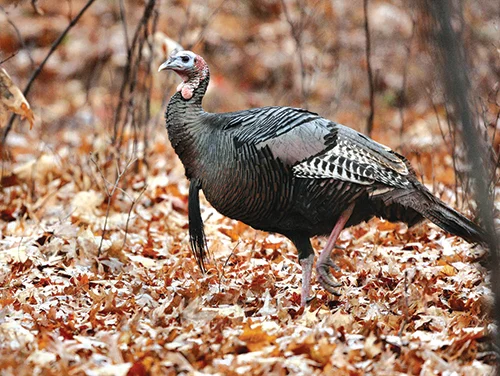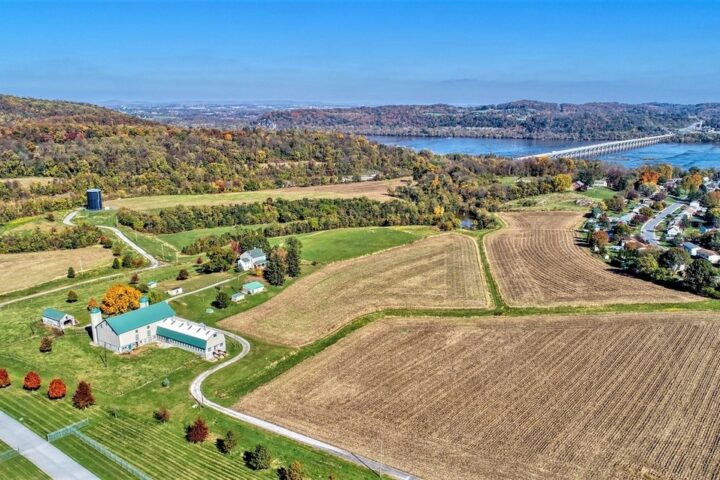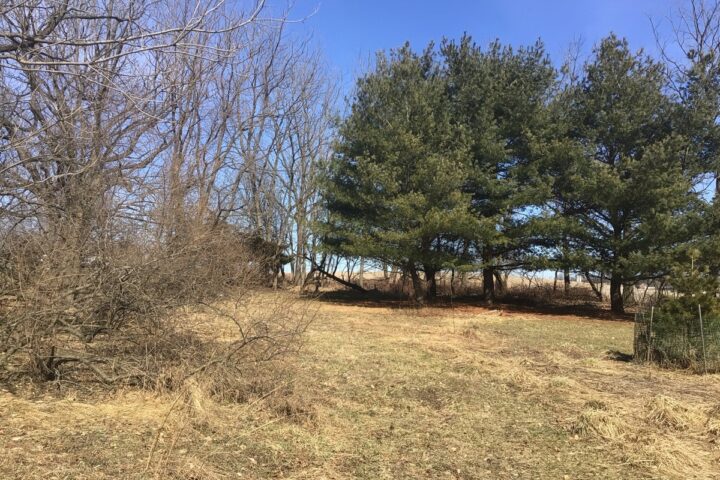Today, the Western Pennsylvania Conservancy announced the protection of 13 acres in Franklin Township, Huntington County, which includes a limestone cave system to be used for bat conservation and more than 1,200 feet of public fishing access to the renowned Spruce Creek.
The property will be conveyed to the Pennsylvania Fish and Boat Commission once work to replace an access bridge is complete. The previous owners listed the cave system – publicly known as Indian Caverns – for sale in 2014 and closed operations in 2016.
Since 2014, the Conservancy has been working closely with scientists and wildlife managers from the Pennsylvania Game Commission and the U.S. Fish and Wildlife Service (USFWS) to obtain information and expertise on how the property can be restored for bat habitat and conservation.
Bats hibernate in caves during winter and require these areas to be cool and humid with stable temperatures between 33 and 50 degrees Fahrenheit. Native tri-colored and little brown bat species are known to have recently used the cave for hibernation, despite its decades-long commercial use and limited points of entry. According to PGC wildlife biologist Greg Turner, this cave was also historically known to shelter the federally endangered Indiana bat. Cave dwelling bats’ numbers have been decimated by the deadly bat fungal disease white-nose syndrome, so conservationists are interested in protecting the habitat for the bats.

“We have recently documented that bats that have survived WNS are seeking colder sites to hibernate, as these colder temperatures help them preserve their fat reserves longer and not be exhausted by the disease before winter ends,” said Turner. “The Indiana, tri-colored and little brown bat species are all declining due to this disease, so improving access to and conditions within this cave are critical.”
Future restoration efforts include removing the door to the cave and implementing other measures to regulate airflow, temperatures, and humidity. These efforts will provide more favorable environmental conditions now sought by syndrome survivors.
Also, the USFWS documented that the cave is within a breeding and feeding zone of two existing Indiana bat refuge areas, further validating that the cave and surrounding natural area are essential for bat-conservation efforts. After restoration concludes, scientists predict that several other nearby bat populations that forage along Spruce Creek could also use this cave and benefit from more favorable hibernation conditions.
The conservation of this property also provides increased public fishing access to Spruce Creek, a renowned wild brown trout fishery and tributary to the Little Juniata River. Public access to Spruce Creek has been limited for decades due to the large amount of surrounding private lands. Currently, less than a half-mile of 16 fishable miles of Spruce Creek is open to the public for fishing. Conserving this land improves public access to Spruce Creek and protects approximately 1,200 additional feet of vegetative buffer.
“We are very glad to be able to protect this beautiful property that now will provide public fishing access along Spruce Creek – such an extraordinary trout fishing stream – and also will provide habitat for native bats given their dramatic decreases in population in recent years,” said Thomas Saunders, the Conservancy’s president and CEO.
Saunders also said the Conservancy’s conservation and funding partners were vital in helping to protect this special area that will soon be state public land.
“We are very excited to be able to work with WPC and a variety of conservation partners to acquire this property,” said John Arway, PFBC executive director. “Spruce Creek sustains a Class A wild brown trout fishery which attracts anglers from all over the world. We are grateful to be in the position to take ownership of the property and manage it to benefit natural resource conservation and public recreation.”
The Conservancy acquired the property thanks to the financial support from the PGC, USFWS, Richard King Mellon Foundation, and PFBC.




